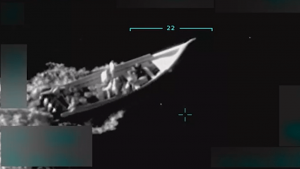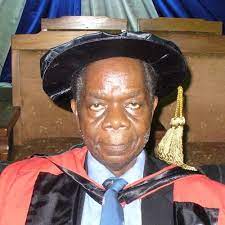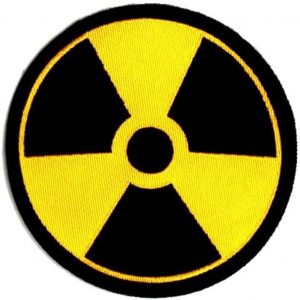The Higgs boson was discovered on 4 July, 2012 in the European Council for Nuclear Research, CERN, in Switzerland.

Peter Higgs shared the Nobel Prize in Physics in 2013 with François Englert for their work in the discovery.
The name God Particle came from the title of a book on it by Nobel laureate, Leon Lederman, and science writer, Dick Teresi, in 1993 called “The God Particle: If the Universe is the answer, What is the question?
They originally used the word “godamm” particle to express their disgust over the long time it took to discover the particle after it was proposed.
Their editor changed the title and it stuck since then.
The Higgs boson was predicted in 1964 by Peter Higgs, François Englert, and four other physicists to explain why certain particles have mass.
This property makes it possible for some particles like protons and neutrons to have mass and coalesce to form living things, planets, galaxies etc.
The world celebrates 10 years since the discovery of God Particle in CERN on 4 July, 2022 – the particle which gives other particles their mass in the Higgs field.

A long story lies behind the reason for the excitement:
There are four fundamental interactions (forces) in the Universe.
These are: electromagnetism, strong force, weak force and gravity.
The Pakistani physicist, Abdus Salam, and the American, Steven Weinberg, unified Electromagnetism and the Weak force.
The Weak force governs the decay of atomic nuclei, and electromagnetism is the attraction between the negatively charged outer electrons and the positively charged protons in the atomic nucleus (scientists discovered the fundamental particles to be electrons and quarks that make up protons and neutrons amid the other subatomic particles – muon, tau and neutrinos).
The Electromagnetism and Weak force unification means that both forces can be handled in a single equation instead of using a partial approach.
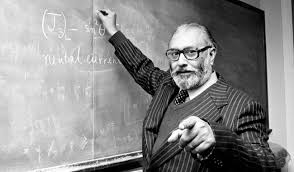
Professor Abdus Salam
This is considered significant.
Abdus Salam and Weinberg in their unified Electroweak interaction (electromagnetism and weak force) proposed a particle, a neutral Boson called the Z o, as carrier for a Weak interaction, and a very massive Boson called the Higgs boson as carrier in the unification.
In the Standard Model used by scientists, for Matter (particles) to interact, they must have Carrier particles to carry or convey them.
Photons are mass-less and are the carrier particles for Electromagnetism.
The Z o for this Weak interaction and Photon for Electromagnetism, are unified in a Higgs field by Higgs boson as carrier particle.
They found that Weak nuclear force and Electromagnetism look different at low energy levels in everyday life.
However, over the unification energy (102 GeV) they merge into a single Electroweak force.
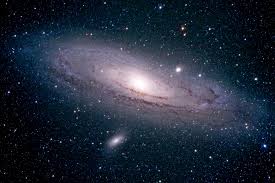
As the hot early Universe cooled to this energy level after the Big Bang, there was spontaneous symmetry breaking in the so-called Higgs field which accounted for the difference in mass of some particles.
For instance, the photons have no mass but the W and Z bosons are massive.
They are therefore, different in mass.
This is because of the Higgs boson which is what gives Matter particles their mass.
Both Abdus Salam and Steven Weinberg shared the Nobel Prize in Physics in 1979 with the American, Sheldon Glashow for this unification of Electromagnetism and Weak force.

CERN produced the W and Z particles in 1983, which were used to confirm the Electroweak interaction in a proton – antiproton collision.
This paved way for the Higgs boson to be discovered on 4 July, 2012.
CERN has a Large Hadron Collider, LHC, which is 27 kilometres (17 miles) long, that fires particles at high speed to study their collision in research in high energy physics.
Every particle has its anti-particle.
This idea was first proposed by Professor Paul Dirac when he predicted the existence of an antielectron (sometimes called positron).
This was found to be true and an antielectron was discovered in 1932.
Physicists sometimes classify particles in terms of their spin or internal angular momentum as Boson or Fermion.
Bosons have whole number spin while Fermions have odd half whole number spin.
photo credit: nobelprize.org

